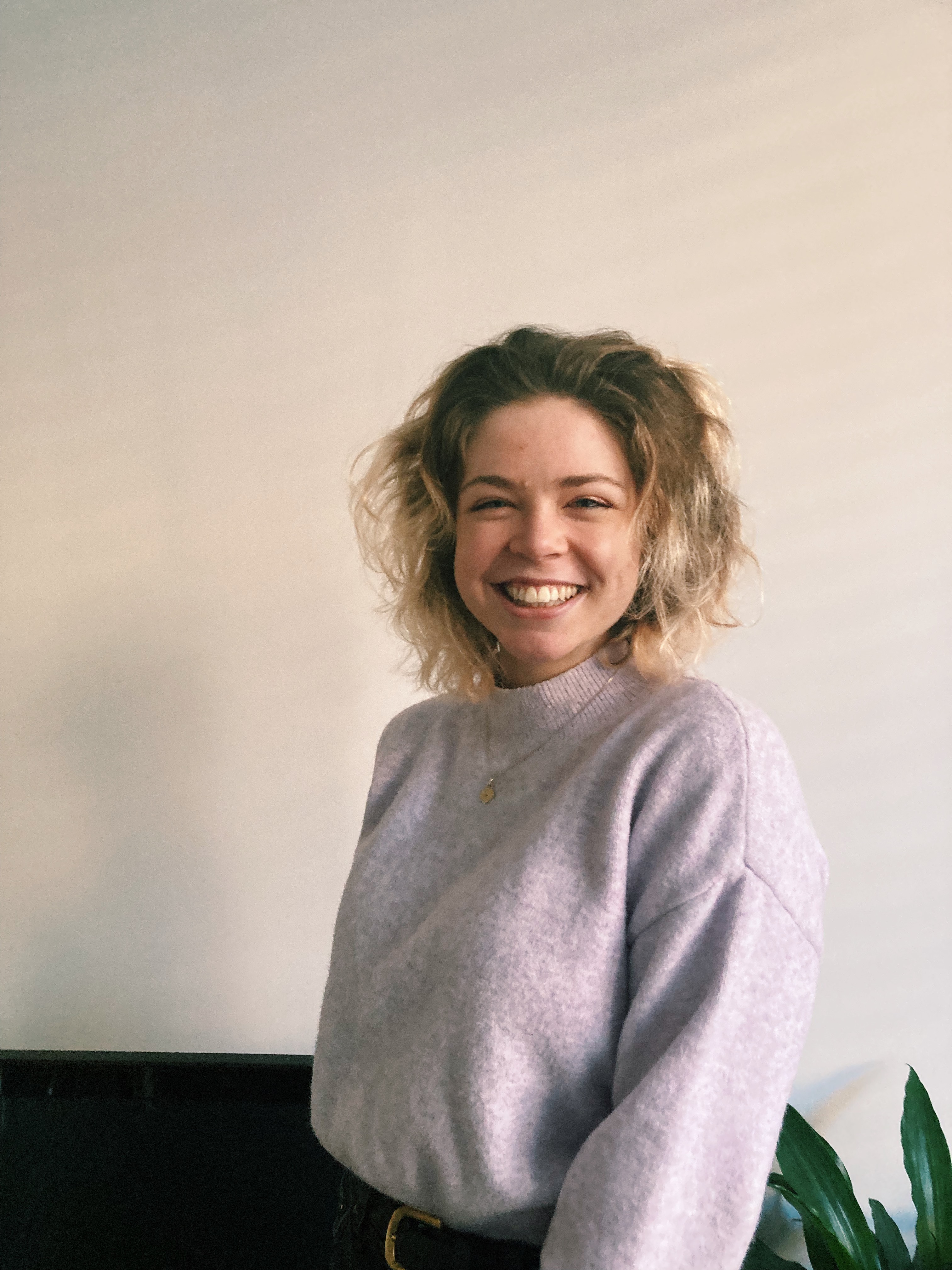
This wholesome dish, known as mattar paneer, is based on a simple onion-ginger-garlic masala cooked with softened tomatoes.
As author Roopa Gulati says, the fried cumin seeds and aromatic garam masala shape the simple spicing of this peas and paneer dish.
It’s not uncommon for groups of women in Punjab’s rural villages to sit outdoors in the winter sunshine and collectively pod a huge heap of peas, Roopa says. It’s as much a social activity as it is a practical pursuit. Sadly, time isn’t always on our side and frozen peas, even in India are a first port of call for busy cooks.
It’s worth making paneer from scratch for its superior flavour. However, if you’re using the shop-bought variety, remember to soak it in hot water to soften its texture before frying.
Homemade paneer has a soft texture and bland flavour, which balances out the robust flavours of other ingredients in a dish. This is a fresh cheese, made by heating milk and curdling it with lemon or lime juice so that it splits into curds and whey. It’s best to use milk that is close to its sell-by date, because it will be more acidic than fresh.
Commercially produced paneer is usually sold vacuum-packed in supermarkets and has a firmer, compressed texture than the homemade variety. If you’re using a supermarket version, soak it in hot water for 10 minutes before using. This will make it more pliable. However, making your own is easy.
Garam masala is an aromatic spice blend that has many interpretations and remains an essential seasoning across southern Asia, says Roopa. This version is from northern India. It includes shahi jeera, also known as ‘royal cumin’, which has a characteristic smoky and astringent flavour, which makes it quite distinct from regular cumin.
Roopa Gulati's book India The World Vegetarian is out now and contains many more delicious recipes packed full of regional flavours. For more exciting recipes like this peas and paneer dish to try out in the meantime, why not have a look at this one for channa chaat or this one for crisp fried okra.
We've got plenty more delicious curry recipes to choose from!
Ingredients
- 240g paneer (see below), cut into 2.5cm cubes
- 500ml sunflower oil, for deep frying, plus 4 tablespoons
- 1 teaspoon cumin seeds
- 1 onion, finely sliced
- 4 garlic cloves, finely chopped
- 20g root ginger, peeled and finely chopped
- ¼ teaspoon ground turmeric
- ½ teaspoon Kashmiri chilli powder
- ½ teaspoon garam masala (see below)
- 4 tomatoes (about 300g), roughly chopped
- 1 teaspoon tomato puree
- 1 teaspoon caster sugar
- 250g fresh or frozen peas
- 2 tablespoons chopped coriander
For the paneer:
- 2 litres whole milk, close to its sell-by date
- Juice of 1 lemon
- 1 teaspoon fine salt
For the garam masala:
- Seeds from about 50g black cardamom pods (enough to provide 25g seeds)
- 25g cinnamon sticks, broken into pieces
- 25g whole black peppercorns
- 10g shahi jeera or 15g regular cumin seeds
- 2 large blades of mace
- 7g cloves (about 1 teaspoon)
- ¼ whole nutmeg
WEIGHT CONVERTER
Method
- If you are using shop-bought paneer, put the cubes in a heatproof bowl and cover with boiling water. Leave to soak for 10 minutes, then drain and pat dry with kitchen paper. (You don’t need to soak homemade paneer.)
- Heat the oil in a kahari or wok (the oil is ready for frying when it reaches 180°C on a food thermometer, or when a cube of bread dropped into the oil browns in 30 seconds), and deep-fry the paneer in batches over a medium heat for about 2–3 minutes, until golden brown. (Alternatively, deep-fry in a large, wide, sturdy pan no more than two-thirds full with oil.) Drain the paneer cubes on kitchen paper and set aside.
- Heat the 4 tablespoons of oil in a separate karahi or wok over a medium heat. Add the cumin seeds and fry, stirring all the time, for about 30 seconds, until the seeds darken and release a nutty aroma.
- Stir in the onion and cook for about 7–10 minutes, until golden. Reduce the heat slightly, add the garlic and ginger, and fry for a further 2–3 minutes, until the garlic and ginger turn golden. Stir in the turmeric, chilli powder and garam masala, then add the chopped tomatoes, tomato puree and sugar. Cook over a medium heat for about 3–5 minutes, until the tomatoes have softened, adding a little water if they catch on the bottom of the pan. Reduce the heat to low and simmer, uncovered, for 7–10 minutes, until the masala has thickened.
- Pour in 100ml of water and, as soon as the masala starts bubbling, add the peas. Cook for 3–4 minutes, until the peas are tender. Stir in the cubed paneer and chopped coriander and serve with chapatis.
- For the paneer: Put the milk in a pan over a low heat. Bring it to a simmer, stirring occasionally – this should take about 30 minutes.
- Once the milk begins to bubble and rise up the pan, add 2 tablespoons of the lemon juice and the salt – the milk will quickly begin to separate. Add a further 1 tablespoon of lemon juice and continue simmering, until the mixture separates into curds and liquid whey (about 1 minute). The amount of lemon juice you need altogether will depend on the milk’s freshness – the fresher the milk, the more juice you’ll need for the liquid to separate.
- Line a sieve with a double layer of muslin, then place it over a bowl. Pour the cheese mixture into the sieve and leave the whey to drain through the muslin or cloth. After about 10 minutes, draw the muslin or cloth around the paneer and gently squeeze out any excess liquid. Discard the whey.
- Transfer the cloth-wrapped cheese to a tray and pat it out to a rough triangle about 2cm thick. Cover it with a tray and a couple of weighty tins and leave it for at least 2–3 hours in the fridge, or overnight, if you can. Unwrap the paneer. If you’re not using it straightaway, submerge it in cold water and keep it in the fridge for up to about 3 days.
- For the garam masala: Tip all the spices into an electric grinder and process until finely ground. (You can use a mortar and pestle for this if you don’t have a grinder.)
- Sift the ground spices and store in a tightly lidded jam jar – the blend will keep for about 2 months. If you’re not likely to use it all up in that time, freeze the garam masala in an airtight plastic box – it will keep frozen for at least 6 months.

Grace Walsh is a health and wellbeing writer, working across the subjects of family, relationships, and LGBT topics, as well as sleep and mental health. A digital journalist with over six years experience as a writer and editor for UK publications, Grace is currently Health Editor for womanandhome.com and has also worked with Cosmopolitan, Red, The i Paper, GoodtoKnow, and more. After graduating from the University of Warwick, she started her career writing about the complexities of sex and relationships, before combining personal hobbies with professional and writing about fitness.
-
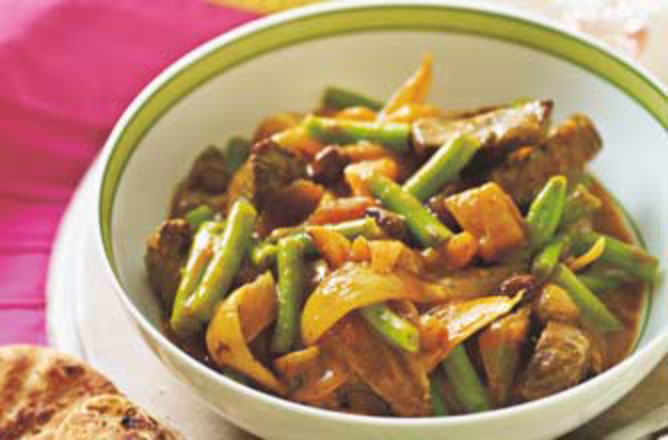 Beef tikka masala
Beef tikka masalaThis beef tikka masala recipe comes from a 1930s issue of Women's Weekly - and it's still a favourite. It's been updated slightly to reflect the ingredients that are available in supermarkets today.
By Octavia Lillywhite Published
-
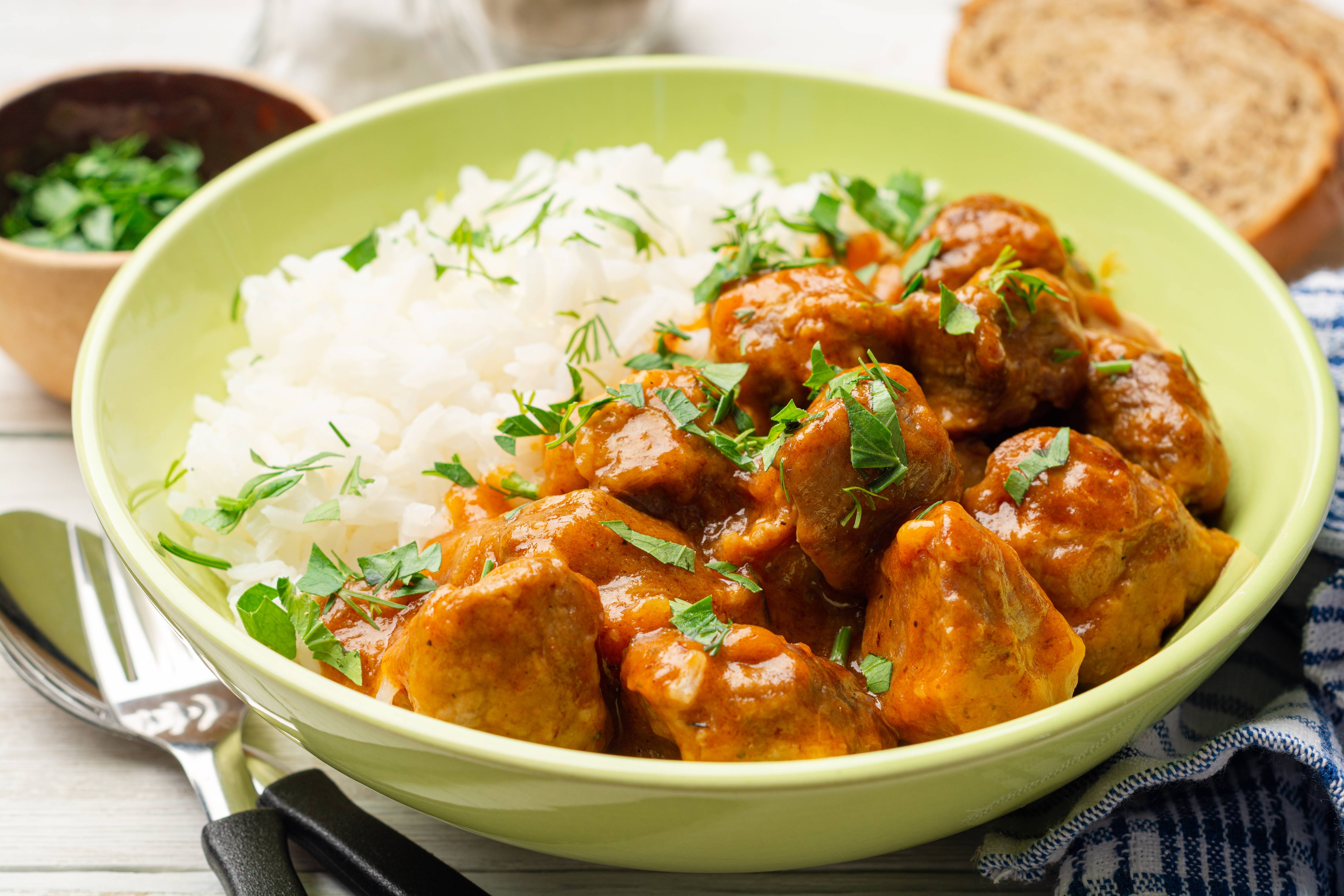 Pork curry
Pork curryLearn how to make pork curry at home with this cheap, quick and easy recipe. This delicious pork curry recipe is a real family favourite
By Nichola Palmer Last updated
-
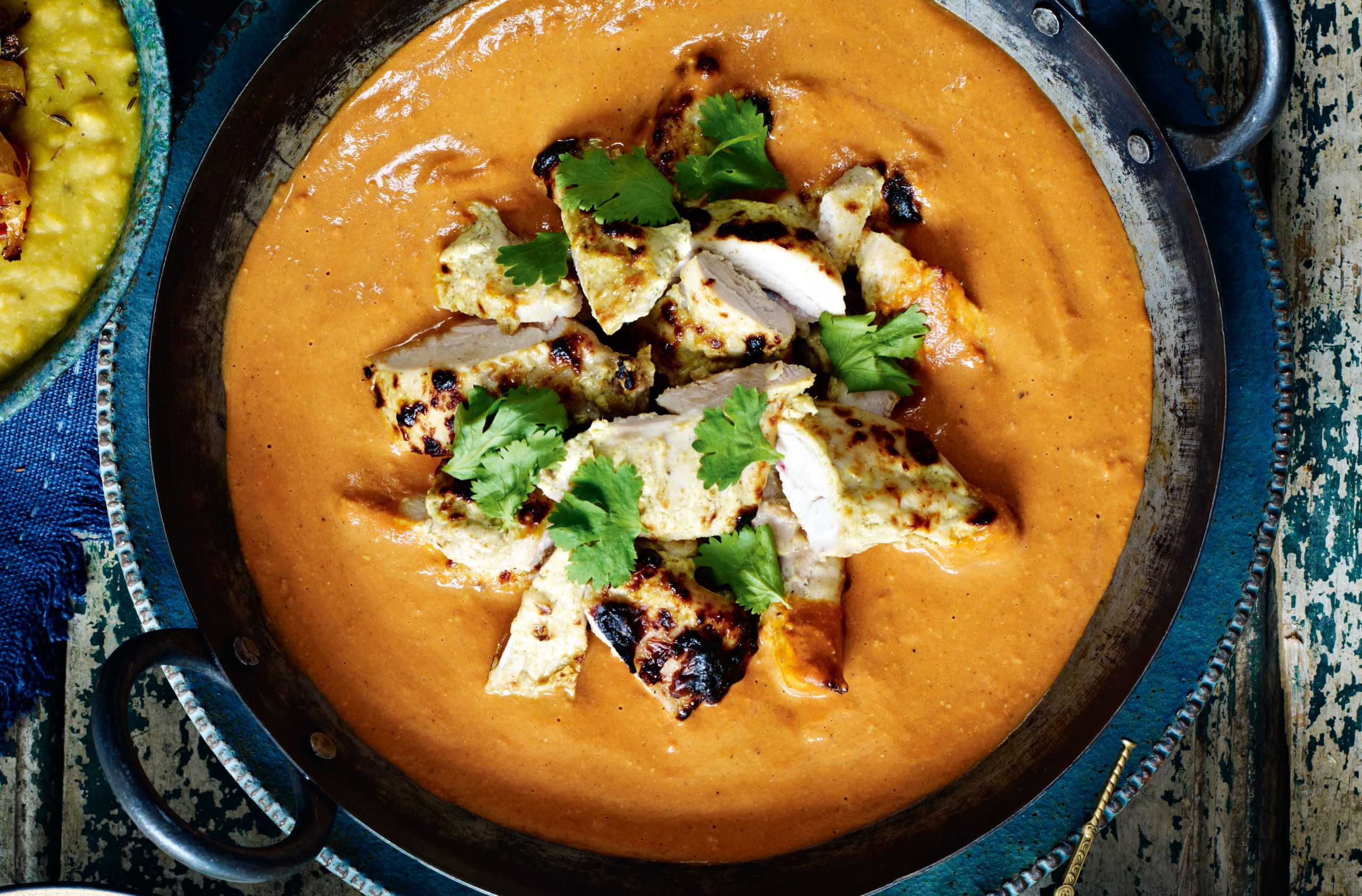 Murg Makhani
Murg MakhaniRich and creamy butter chicken, or Murg Makhani, is a delicious Indian recipe that's a real crowd pleaser. The perfect takeaway alternative. This serves 6
By GoodtoKnow Published
-
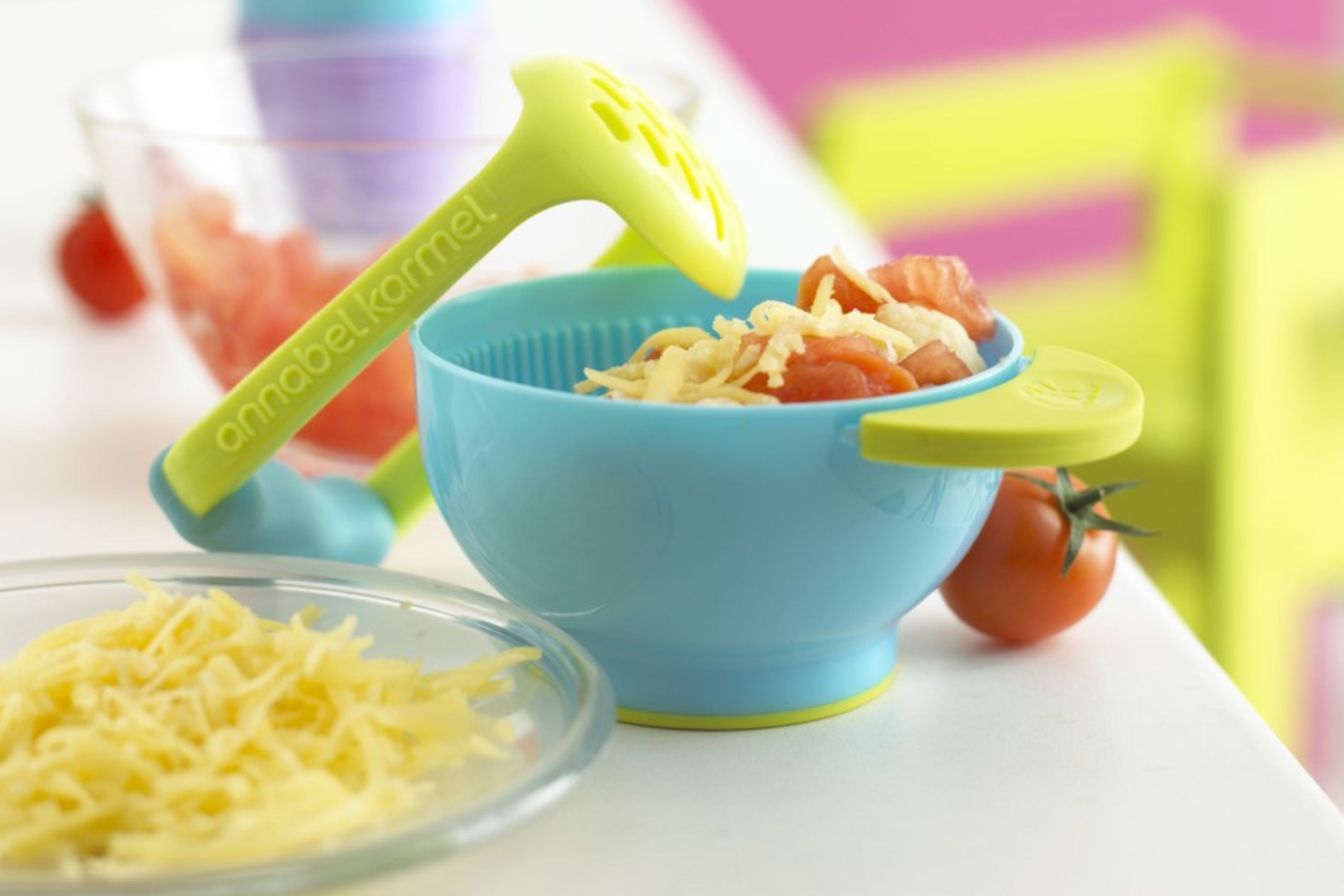 Annabel Karmel's trio of vegetables with tomato and basil
Annabel Karmel's trio of vegetables with tomato and basilSuitable for six months plus, this baby food by nutritional expert Annabel Karmel is made with a whole heap of veggies...
By Annabel Karmel Published
-
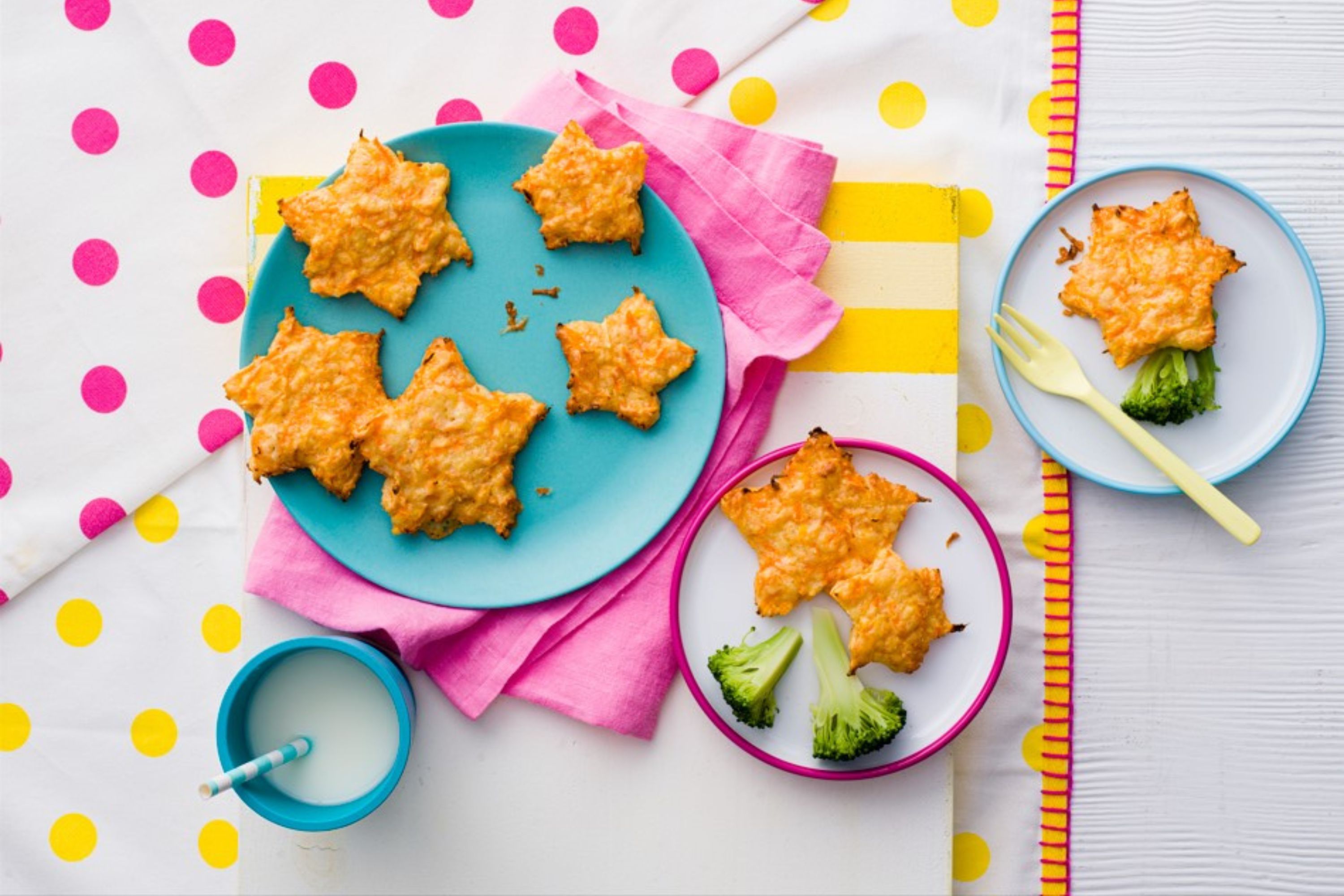 Annabel Karmel's cheesy carrot stars
Annabel Karmel's cheesy carrot starsThese flavour-packed cheesy carrot stars by Annabel Karmel are perfect for introducing finger foods to your little one...
By Annabel Karmel Published
-
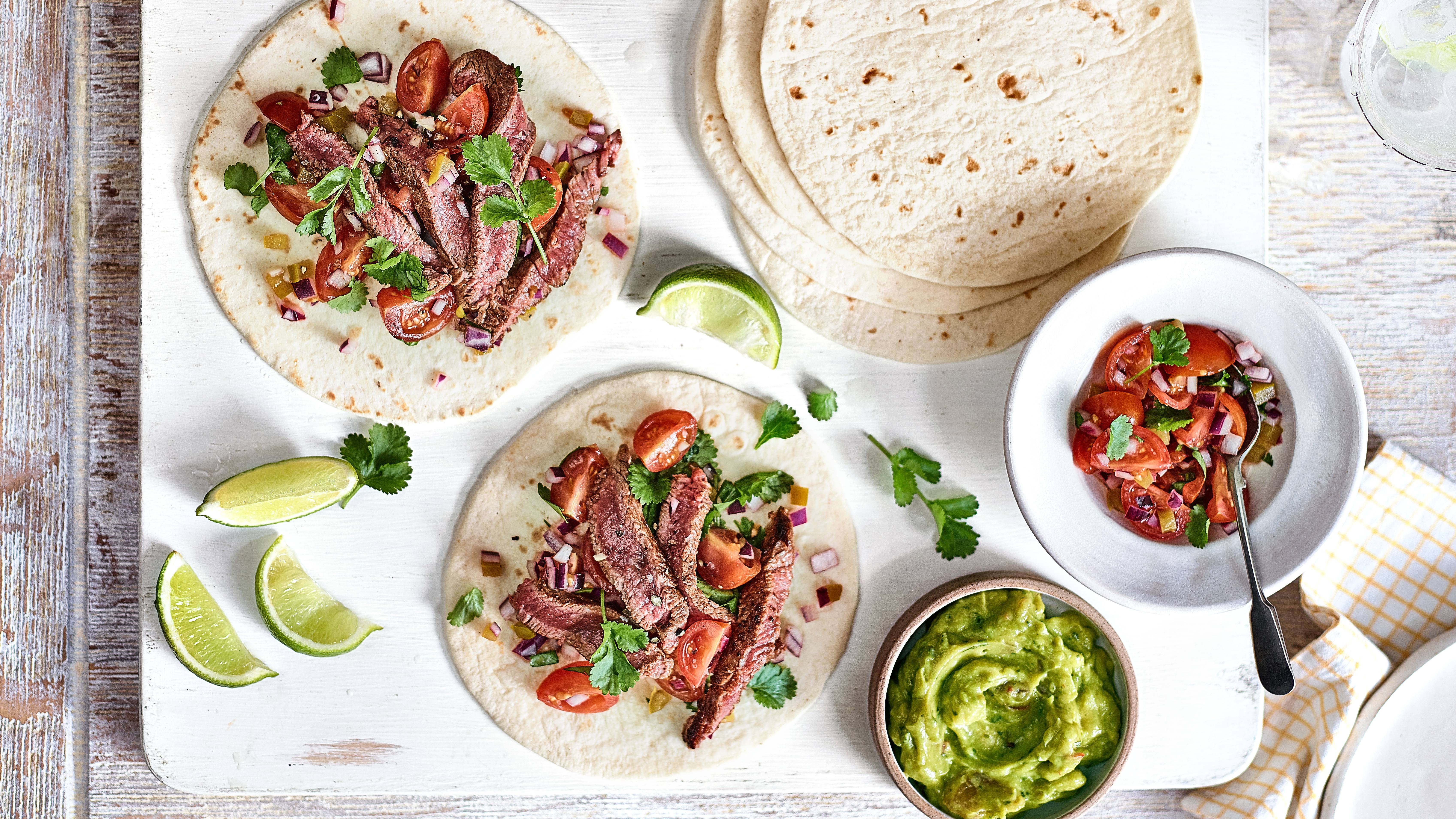 Steak and salsa wraps
Steak and salsa wrapsOur steak and salsa wraps are one of those build-you-own suppers the teens in your house will love...
By Jessica Ransom Published
-
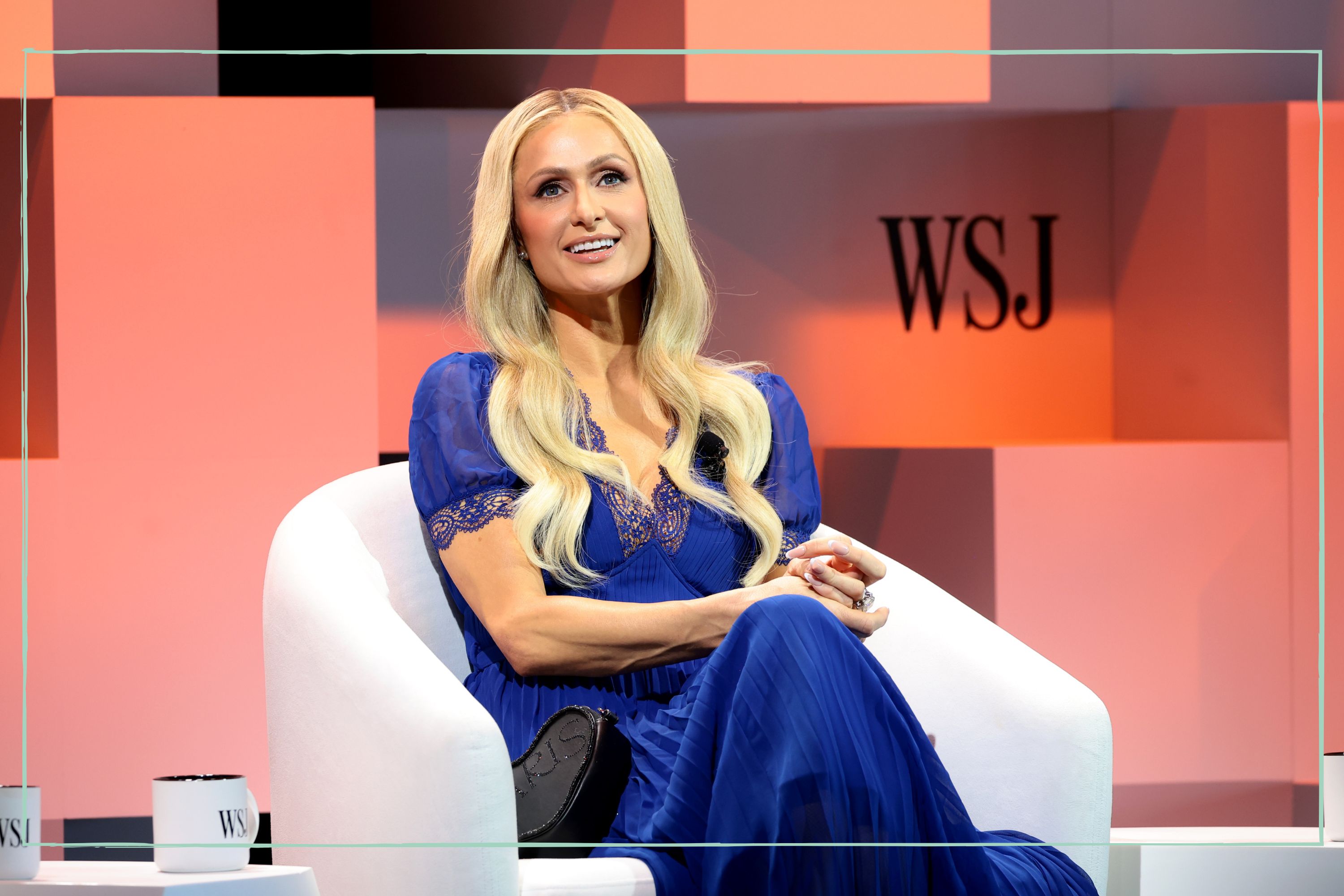 Paris Hilton’s expert-approved parenting rule that ‘bans’ her two kids from using one everyday item
Paris Hilton’s expert-approved parenting rule that ‘bans’ her two kids from using one everyday itemThe socialite is taking in all the expert advice she can when it comes to her parenting rules
By Charlie Elizabeth Culverhouse Published
-
 The Queen’s dinner table rule means this everyday essential isn’t ‘allowed’ for her royal relatives
The Queen’s dinner table rule means this everyday essential isn’t ‘allowed’ for her royal relativesThe Queen reportedly prefers a more 'formal' approach to mealtimes and prioritises traditional etiquette with her nearest and nearest...
By Emma Shacklock Published
-
 The most unpopular Christmas dinner item revealed, and surprisingly it’s not sprouts
The most unpopular Christmas dinner item revealed, and surprisingly it’s not sproutsBut do you agree with what's been ranked the most unpopular Christmas dinner item?
By Selina Maycock Published
